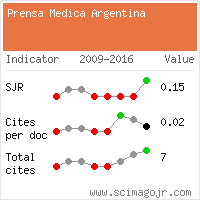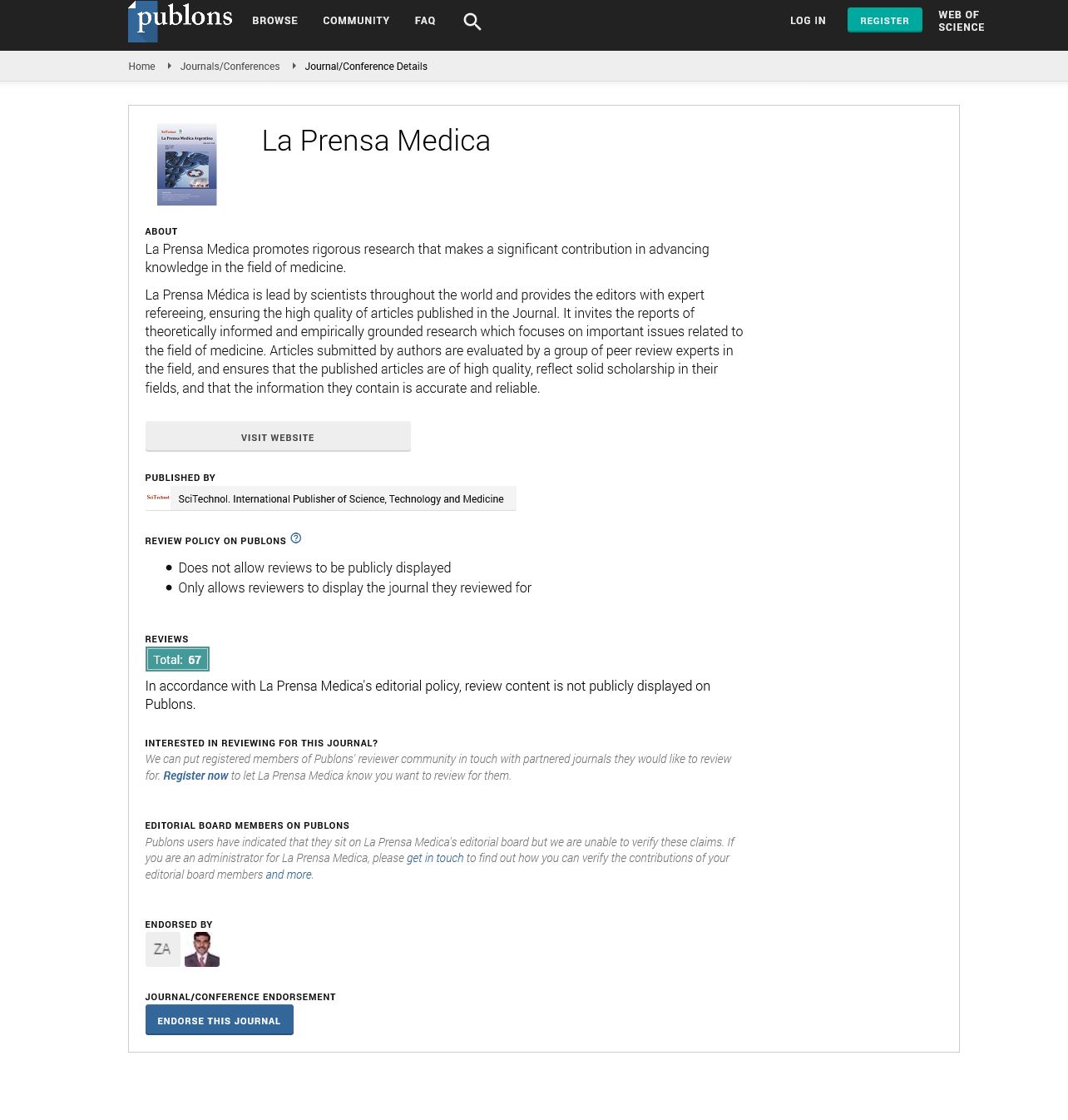Opinion Article, La Prensa Medica Vol: 108 Issue: 3
Impact Expression of Genes Related to Cholesterol Homeostasis
Masayuki Alexender*
Department of Cell-Material Sciences, Arden University, Berlin, Germany
Corresponding Author:Masayuki Alexender
Department of Cell-Material Sciences, Arden University, Berlin, Germany
E-mail:Masayuki@gmail.com
Received date: 01 March, 2022, Manuscript No. LPMA-22-62444;
Editor assigned date: 03 March, 2022, PreQC No. LPMA-22-62444 (PQ);
Reviewed date:17 March, 2022, QC No LPMA-22-62444;
Revised date:21 March, 2022, Manuscript No. LPMA-22-62444 (R);
Published date:31 March, 2022, DOI: 10.4172/2325-9701.1000137
Citation: Alexender M (2022) Impact Expression of Genes Related to Cholesterol Homeostasis. La Prensa Medic 108:3.
Keywords: Andrology, Cardiology, Dermatological Sciences, Emergency and Internal medicinem, Endocrinology
Description
The RNA nanostructures, 7-helix bundled tile and 6-helix bundled tube were prepared from a single-stranded RNA scaffold and staple RNA strands in a similar fashion to the DNA origami design. These nanostructures were easily functionalized and their properties were changed by introduction of the chemical modification to the RNA scaffolds. Yeast strains exploited for wine amalgamation are perfect for male-lactic maturation. Wine incorporation comprises of dual stages. First maturation brings about alteration of glucose into liquor utilizing yeast. Second maturation utilizes microorganisms and its product is lactic corrosive and this leads the ascent in level of acridity. For defeating the present issue various methodologies are utilized which are expensive. Such issue was comprehended via inclusion of male-lactic quality in modern yeast strain. Quality brings down the malate transformation thus bringing down causticity level of wine. The range of GM food innovation necessitated system for commercial delivery of GMO foods, as well as checks for mutagenicity, digestibility and toxic content of GM food. Africa should be supported by the United States and the European Union in the region. A biosafety structure is needed in a number of African countries. In order for this structure to be successfully adopted, African countries should make biosecurity lawmaking and support a priority. Significant stumbling block in adoption of GM food technology is a lack of preparation. Kenyans are very concerned about GM food innovation, and that they have questioned it. Due to a massive lack of education, Kenyans have a negative attitude toward biotechnology.
Nucleic Acid Nanotechnology
In nucleic acid nanotechnology, designed RNA molecules are widely explored because of their usability originating from RNA's structural and functional diversity. Herein, a method to design and prepare RNA nanostructures by employing DNA origami strategy was developed. A single-stranded RNA scaffold and staple RNA strands were used for the formation of RNA nanostructures. After the annealing of the mixtures, 7-helix bundled RNA tile and 6-helix bundled RNA tube structures were observed as predesigned shapes. These nanostructures were easily functionalized by introducing chemical modification to the RNA scaffolds. The DNA origami method is extended and utilized to construct RNA nanostructures. Yet, they are also RNA-binding proteins and the HP1γ/CBX3 family member is present on transcribed genes together with RNA polymerase II, where it regulates co-transcriptional processes such as alternative splicing. To gain insight in the role of the RNA-binding activity of HP1γ in transcriptionally active chromatin, we have captured and RNAs associated with this protein. We find that HP1γ is specifically targeted to RNA motifs and coincidentally transposable elements of the SINE family. As these elements are abundant in introns, while essentially absent from exons, the HP1γRNA association tethers pre-mRNA to chromatin via the regions and limits the usage of cryptic splice sites. Thus, our data unveil novel determinants in the relationship between chromatin and co-transcriptional splicing.
Cholesterol Homeostasis
Nucleotide analogues represent a major class of anti-cancer and anti-viral drugs, and provide an extremely powerful tool for dissecting the mechanisms of DNA and RNA polymerases. While the basic assays themselves are relatively straightforward, a key issue is to appropriately design the studies to answer the mechanistic question of interest. This unit addresses the major issues involved in designing these studies, and some of the potential difficulties that arise in interpreting the data. Examples are given for the type of analogues typically used, the experimental approaches with different polymerases. It has been very well known that the protein's 3- dimensional structure plays major role in maintaining biological functions. Their primary sequence codes for the relevant information required for their folding into 3-D structure either with the assistance or without the assistance of chaperones. In this case, the protein does not acquire its destined configuration, it may lead to several diseases and one of them is Alzheimer's disease. AD is amongst one of most abundant neurological disorder which has global impact. In this the proteins and the genes involved in AD has been reviewed. It has been suggested by the scientists that the alterations in the β-sheet like motifs of proteins lead to the AD. Although common to protein but rom the α-helix to β-sheet is the property of amyloid deposits. Therefore, abnormalities in this conversion lead to the accumulation of unfolded or protein and production of insoluble fibrils. The abnormalities in the gene level has been discusses in this study. HP1γβ proteins are best known as markers of heterochromatin and gene silencing.
 Spanish
Spanish  Chinese
Chinese  Russian
Russian  German
German  French
French  Japanese
Japanese  Portuguese
Portuguese  Hindi
Hindi 

